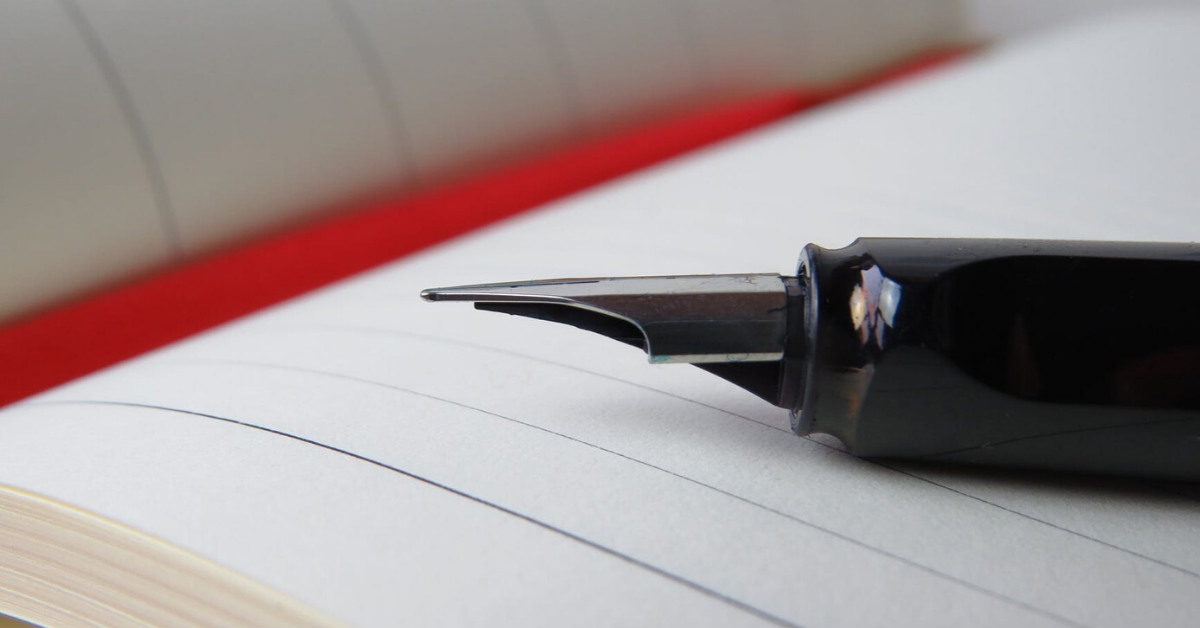14 May

Knowing how to format a letter is an essential part of business communication. You’ll need a good grasp of letter formatting to write and send job cover letters, recommendation letters, resignation letters, and other types of formal correspondence.
If you think writing a letter isn’t that important to a business, think again. According to Harvard Business Review, eight out of ten businesspeople agree that poorly written material wastes a lot of their time. So, the importance of clear, incisive, and organized letter-writing can’t be stressed enough.
Learn how to format a letter with this simple, step-by-step tutorial to make your professional communications more efficient. We’ll discuss each part and suggest techniques on how to write them.
Types of Standard Letter Format

The format style depends on the requirements of each organization. For example, the format you use for pitching for an article can be a whole lot different from the style of marketing writing. Here are the three basic types of formal letter formats:
Block Format
This is the most common format used in business, perhaps because of its simplicity. All the parts are aligned to the left. The whole letter is also single-spaced. However, this format requires a double space in between paragraphs.
Modified Block
Not very different from block format is the modified block. This format has the date, complimentary closing, and signature aligned to the right side of the center of the page. The paragraphs, on the other hand, are aligned to the left. The body of the letter is single-spaced. Due to the elements that lean to the right, this format offers a more visually-balanced look.
Semi-Block
Last but not least is the semi-block format. It’s quite similar to the modified block. The only difference is that each of its paragraphs is indented instead of left-aligned.
Parts of a Formal Letter

Here are the parts of a formal letter and how to write them properly. Knowing each component and its use is crucial in learning how to write a letter.
Sender’s Address
Whether you’re writing a pitch to a magazine editor or sending a proposal for a client, always include your address. You’d want the reader to know your whole name, designation, and address. You can also add your contact details, such as your email address and contact number.
Date
Just as emails log the time and date, formal letters should bear the date it was sent. Many formal letters are critical to the business. So, putting the date on top of the page allows people to track correspondence easily.
Receiver’s Address
This includes the full name of the person you’re writing as well as their designation and address. Make sure that the spelling of the person’s name is correct. Typos and other preventable errors could reflect poorly on the sender, so triple-check everything.
Salutation
This is the part where you formally address the person you are writing. You can write, “Dear Mr. [last name]” for a formal letter format. However, it may be acceptable to use the person’s first name if you know each other well, and you have the freedom to be a bit informal. You can use a comma after the salutation, or you can use open punctuation.
If you don’t know the name of the person who will be reading your letter, you can write, “To Whom It May Concern:” for the salutation. However, it should be the last resort. Try your best to know the receiver. If your efforts are in vain, you can use a generic term such as “Dear Hiring Officer,” or “Dear Marketing Officer.”
Introduction
You must use the first few sentences of your letter to introduce and summarize the subject of your letter. Why are you writing, and what is your goal?
For example, if you’re applying for a job, you can write, “I saw your job posting for a marketing officer, and I would like to apply for a job.” For marketing proposals, on the other hand, you can start with, “We are a new marketing agency in town, and we’d like to offer you our services.”
Body of the Letter
This part contains the meat of the letter. After summarizing your subject in the intro, the body should give the points that support your goal.
Take application letters, for instance. Aside from knowing how to write a simple resume, your cover letter should also work to highlight your credentials. In so doing, however, it shouldn’t overwhelm the reader. Instead, the letter body should make the reader want to peruse your resume and consider you for the job.
On the other hand, if you’re sending a cold calling email, use the letter body to highlight your strong points. You can also give data about how your services have helped other clients.
Closing
Just like an email’s call to action, a formal letter should have closing lines. These sentences should suggest the next steps or action for the reader. In a cold email, for example, you can write, “We can schedule a demo if you want to know more about how we work.”
Complimentary Closing
This part appears two lines after the letter body. In letter format examples, you’ll most likely see “Sincerely,” “Yours Truly or “Respectfully Yours” for this part. If you used a comma in the salutation, you should also put a comma after this part. However, you can also use open punctuation.
Signature
In business letter format spacing, you can leave three to four lines after the complimentary closing to give space for a written signature. The written signature should be followed by your name as well as your designation.
Dos and Don’ts of Writing a Formal Letter
Here are the dos and don’ts of writing a formal letter:
Do
- Be clear and concise
- Use formal language
- Put the reader in mind when drafting the letter
Don’t
- Solely rely on your computer’s spelling and grammar check
- Be careless with names and designations
- Write a letter that’s too long
Keep all these tips in mind the next time you write a letter. However, it’s crucial to note that the format is only the channel you use to send your message across. More important than applying the rules, make sure that you express your thought and ideas the clearest way you can.










